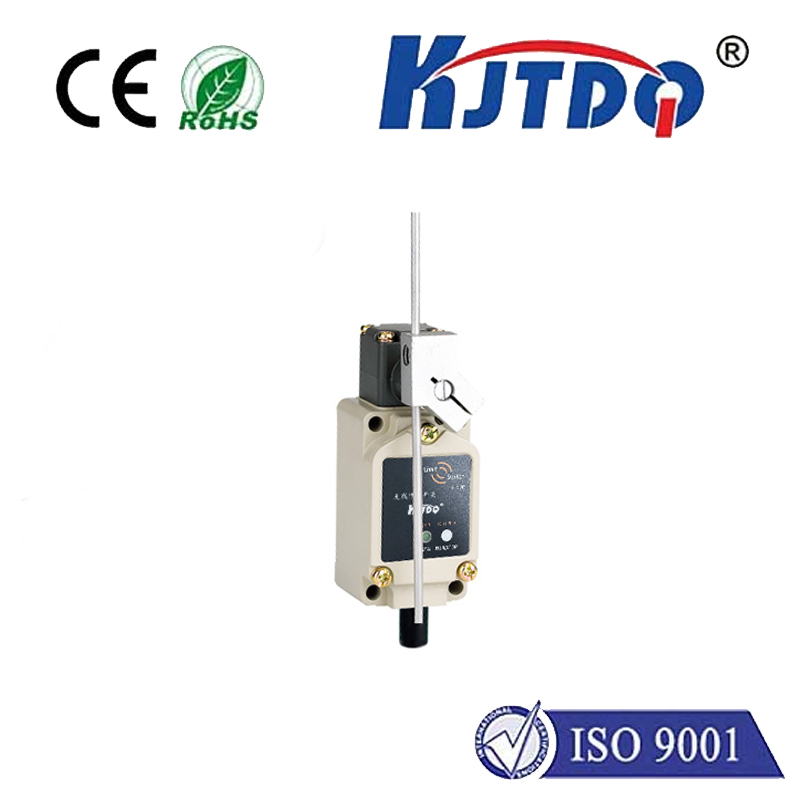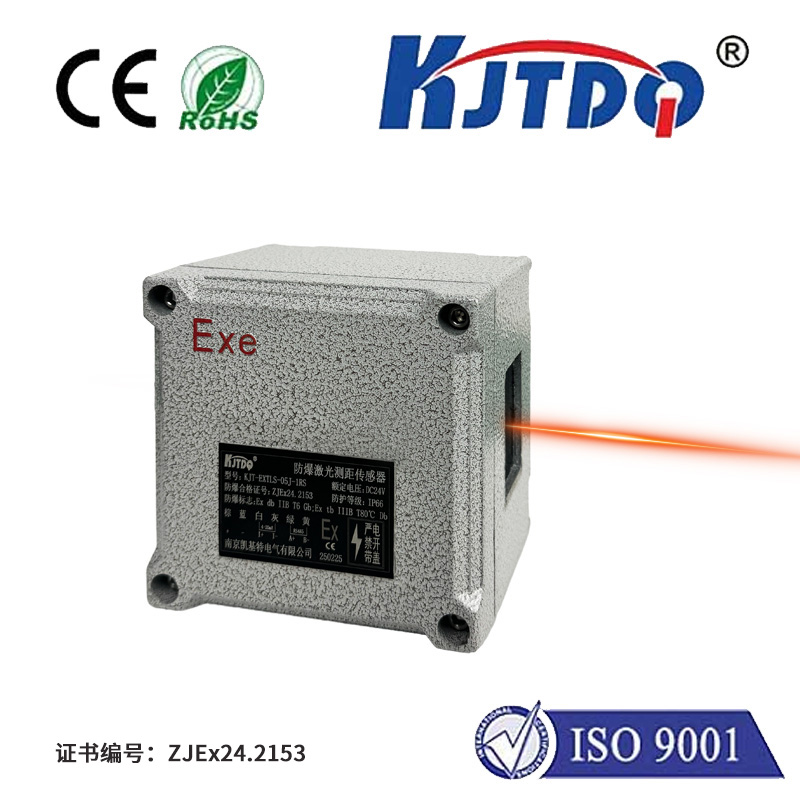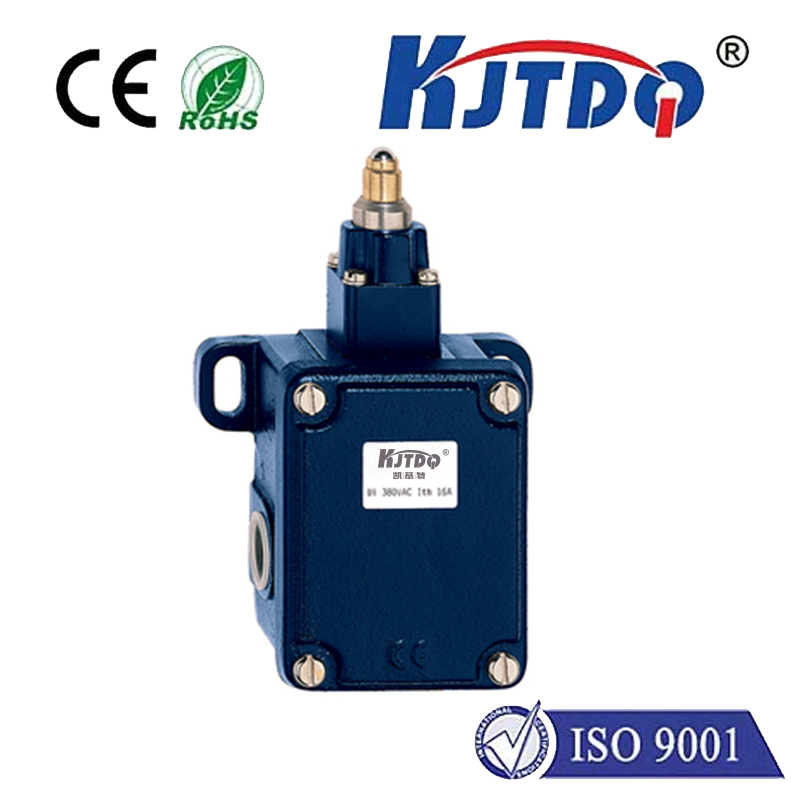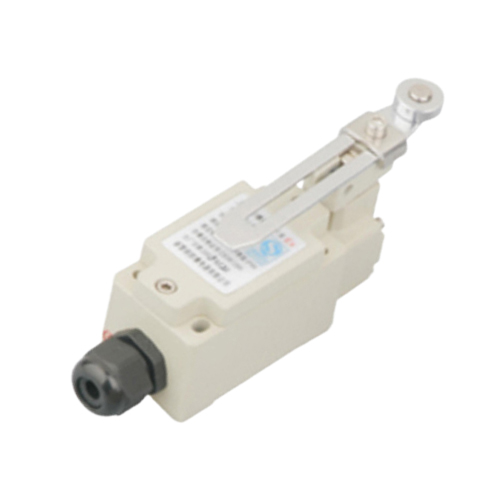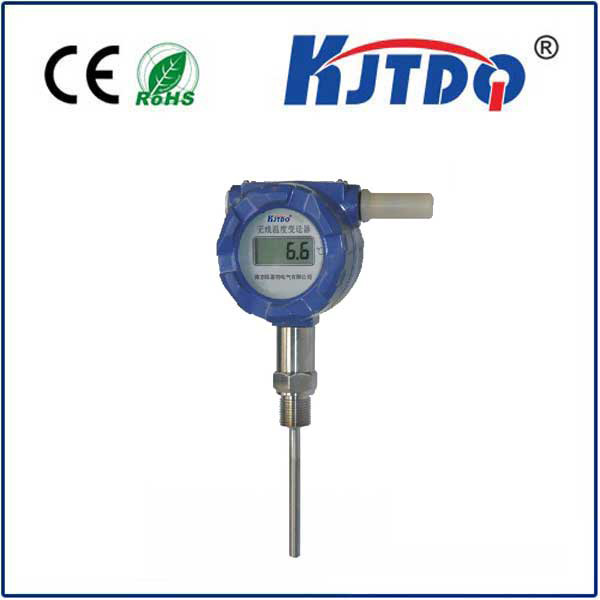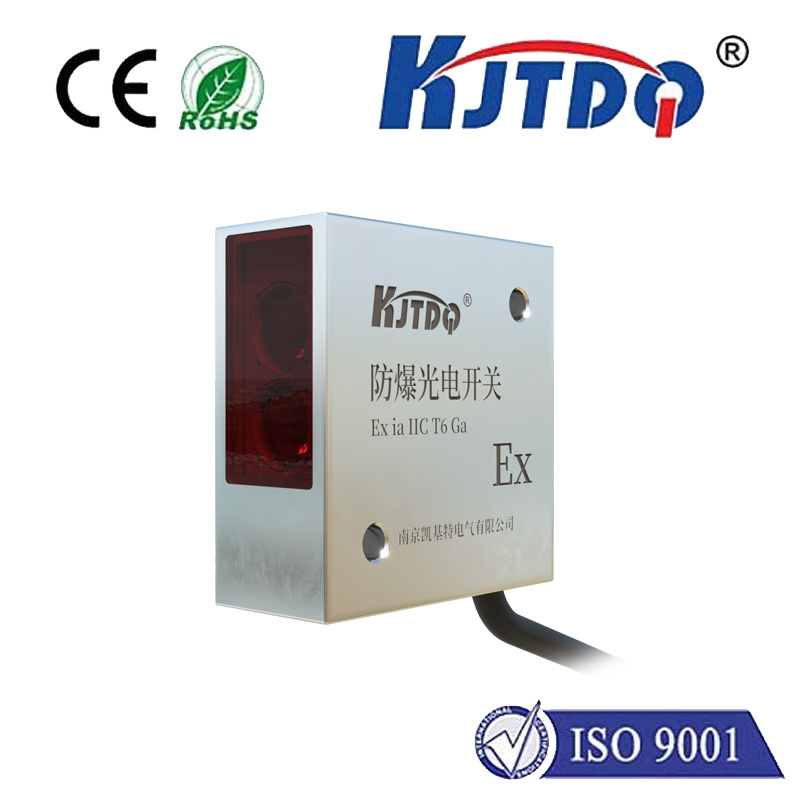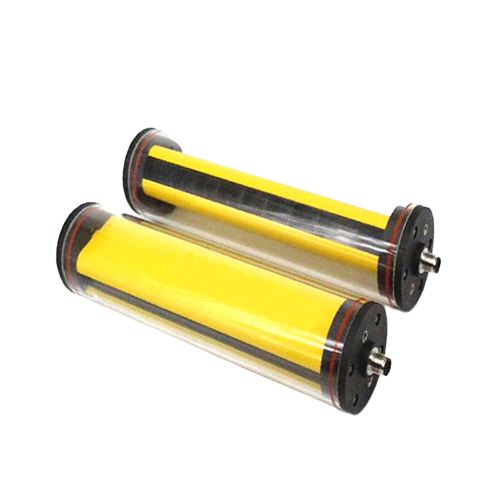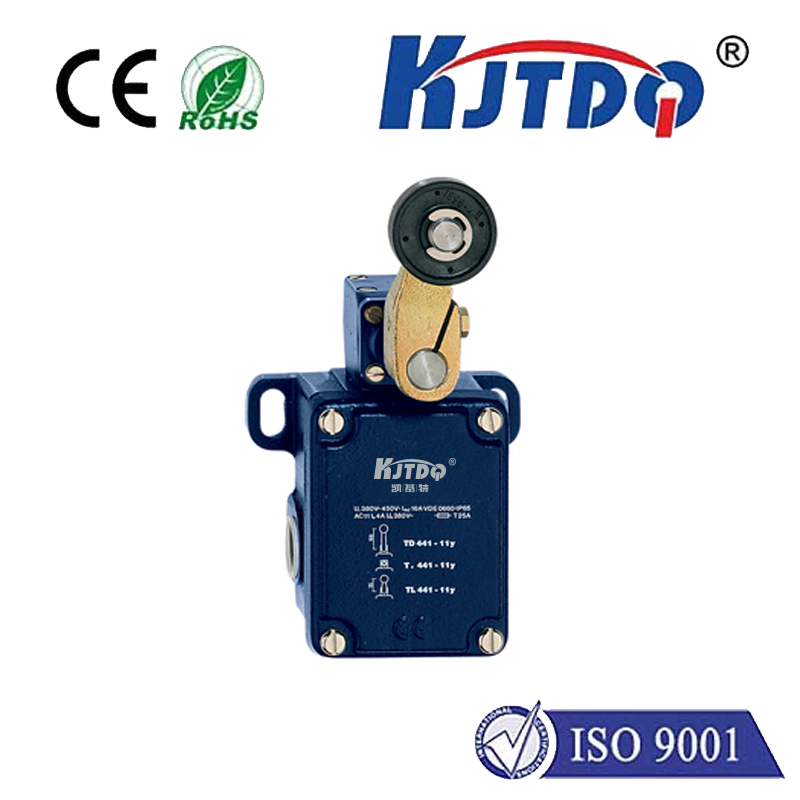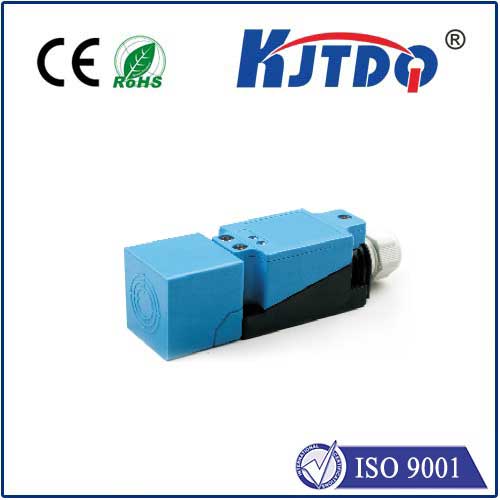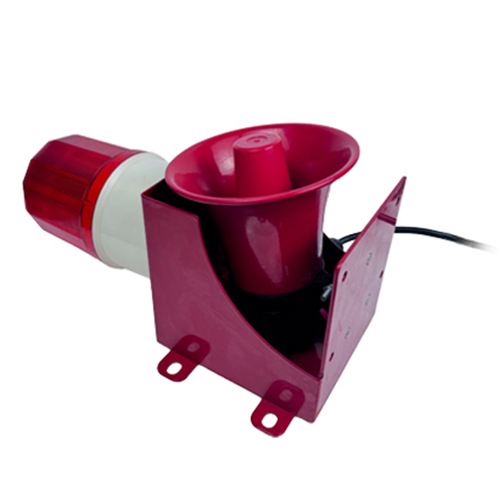npn inductive proximity sensor
- time:2025-06-20 01:12:24
- Click:0
Demystifying NPN Inductive Proximity Sensors: The Industrial Workhorse for Metal Detection
NP-Negative, Detection-Positive: Your Essential Guide to NPN Inductive Proximity Sensors
Think about the countless machines humming around us—automated assembly lines building our cars, packaging plants filling boxes with precision, even the elevator doors smoothly opening and closing. Much of this seamless automation relies on unseen sentinels: proximity sensors. Among the most common and reliable types, particularly for detecting metal objects without physical contact, is the NPN Inductive Proximity Sensor. This unassuming but vital component is fundamental to modern industrial control systems. But what exactly is it, how does it work, and why is the NPN designation so important? Let’s delve into the world of this essential sensing technology.
Understanding the Core Principle: Inductive Sensing
At the heart of an NPN inductive proximity sensor lies the principle of electromagnetic induction, discovered by Michael Faraday. Here’s the simplified magic:

- Generating the Field: The sensor contains a coil wound around a ferrite core. When powered by a DC voltage (typically 10-30V DC), an oscillator circuit generates a high-frequency alternating electromagnetic field radiating from the active face of the sensor.
- Detecting Disturbance: When a metallic target (e.g., steel, aluminum, brass, copper) enters this electromagnetic field, eddy currents are induced on the surface of the target. These eddy currents create their own magnetic field, opposing the original field generated by the sensor coil.
- Triggering the Switch: The energy loss caused by the eddy currents dampens the oscillator’s amplitude. An internal evaluation circuit continuously monitors this oscillation level. When the damping reaches a predetermined threshold (indicating the target is within the specified sensing range), the circuit triggers a state change.
- The Output: This state change controls the sensor’s solid-state electronic output switch – specifically, the NPN transistor.
The Crucial “NPN”: Output Configuration Explained
The letters “NPN” are not just jargon; they define how the sensor connects to your control system (like a PLC - Programmable Logic Controller) and completes the circuit when it detects a target. Understanding the difference between NPN and PNP output is critical for correct wiring and system function.
- NPN Transistor as a Switch: Inside the sensor, an NPN transistor acts as the output driver. In its normal state (no target detected), the transistor is off (non-conducting).
- “Sinking” Mode Operation: When the sensor detects a target, the NPN transistor turns on (saturates). This effectively connects the sensor’s output wire (usually the Black wire) to its Negative (0V) supply wire (usually the Blue wire).
- Connecting to the Load: To complete a circuit and signal detection, an external load (like a PLC input module) must be connected between the positive supply voltage (usually the Brown wire) and the sensor’s output wire (Black).
- The Switching Action: When the NPN transistor turns ON (target present), it “sinks” the current flowing from the positive supply, through the load, and down to its 0V connection. This flow of current activates the PLC input, signaling detection. Essentially, the NPN sensor provides a path to ground (0V) when active.
Visualize it like this: Imagine the PLC input is a lamp needing a complete circuit to light. The Brown wire connects to the lamp’s positive. The lamp’s negative terminal connects to the sensor’s Black output wire. The sensor’s Blue wire connects to 0V. When a target is detected (NPN transistor ON), it connects Black (output) to Blue (0V), completing the circuit: Positive -> Lamp -> Black Wire -> Transistor -> Blue Wire -> 0V. Lamp lights!
Why Choose NPN Inductive Proximity Sensors?
The NPN inductive proximity sensor has earned its status as a workhorse for several compelling reasons:
- Reliable Metal Detection: Offers highly dependable, non-contact detection of metallic objects. No moving parts mean minimal wear and tear.
- Fast Response Times: They can detect objects moving at high speeds, making them ideal for counting, positioning, and high-speed automation.
- Environmental Resilience: Typically housed in rugged metal or plastic bodies with high IP ratings (like IP67 or IP69K), they resist dust, dirt, moisture, oils, and vibration common in industrial settings.
- PNP vs. NPN Availability: While PNP sensors are also common, NPN sensors often have broader availability and can be preferred in regions or systems where NPN sourcing is standard.
- PLC Compatibility: Most industrial PLCs are designed to readily accept both NPN (sinking) and PNP (sourcing) inputs, making NPN sensors widely compatible. Always check your specific PLC input card requirements.
- Cost-Effectiveness: They provide robust performance and long service life at a relatively low cost.
Key Applications: Where NPN Inductive Sensors Shine
The versatility of NPN inductive proximity sensors makes them ubiquitous across countless industries:
- Machine Automation: Detecting the presence, absence, or position of parts on conveyors, robotic arms, tool changers, and indexing tables. End-of-stroke detection for cylinders is a classic use case.
- Material Handling: Monitoring bin levels (metallic objects), confirming pallet presence, counting metal parts passing a point.
- Packaging Machinery: Verifying cap placement, detecting metal lids or cans, controlling fill levels (when metallic actuators are used).
- Automotive Manufacturing: Position sensing on assembly lines, robotic weld tip detection, verifying component placement (like engines or transmissions).
- Security Systems: Detecting door/window positions (using metal flags), monitoring gate movement.
- Conveyor Systems: Detecting jams, counting products, triggering sorting mechanisms.
Selecting the Right NPN Inductive Sensor: Key Considerations
Choosing the optimal sensor involves more than just specifying “NPN”. Consider these factors:
- Sensing Distance: This is the maximum distance at which the sensor can reliably detect a standard target (usually mild steel). Choose a sensor with a rated sensing distance (Sn) slightly larger than the required operating distance to account for installation tolerances and wear. Note that the sensing distance can vary based on target material.
- Target Material: Standard mild steel provides the longest sensing range. Non-ferrous metals (like aluminum, brass, copper) and stainless steel significantly reduce the effective sensing range. Always consult manufacturer specifications for correction factors.
- Installation Type: Flush-Mountable sensors can be embedded into metal mounting brackets without affecting performance. Non-Flush-Mountable sensors require a free space around their sensing face to achieve their rated range.
- Shielded vs. Unshielded: Shielded sensors have their electromagnetic field concentrated more towards the front and can be mounted flush in metal. Unshielded sensors have a larger lateral sensing field and generally offer slightly longer ranges but












